AO Edited
Orange and Alexandria Railroad Culvert
This little brick tunnel built by Confederate forces was used to conduct surprise attacks on the railroad.
Tucked away in the woods of this family-friendly park is a hidden passage that few people know of and fewer still manage to find. This Civil War-era culvert served as a hiding place for Confederates prior to raids on the Orange & Alexandria Railroad, which once passed directly over the culvert.
The railroad, which ran between Gordonsville in central Virginia and the port city of Alexandria, provided a strategic mechanism for the movement of troops and supplies for the Union army. Numerous accounts exist of Confederate forces attempting to disrupt the railroad line during the war.
General J.E.B. Stuart directed an attack on December 28, 1862, in which the Confederates damaged rails and cut telegraph lines at nearby Burke Station.
On another occasion, a group of 12 men under General Fitzhugh Lee were ordered by Stuart to burn the wooden trestle over Accotink Creek. It was later repaired.
The following year, a series of raids were conducted by Major John S. Mosby’s Rangers and Confederate civilians in which tracks were torn up with the hopes of derailing trains. After a derailment attempt failed on July 26, 1863, Union General George G. Meade enacted severe punishment on the civilians involved. To protect the railroad, several Union regiments camped out near the tracks.
Relic hunters have chiseled out one of two keystone bricks in the culvert marked with the letters “CSA” (Confederate States of America). Another brick inscribed with the year “1862” was removed from the culvert by park rangers and is on display at Lake Accotink Park Visitor’s Center.
An impressive railroad trestle stands in the main part of the park, but it’s not part of the original trestle. The park also features a large dam, a carousel, and a large picnic area, but this obscure tunnel is a hidden gem worth seeking out.
Know Before You Go
The culvert is located a short walk from the Visitor's Center. If you park in the lot, walk back to the main road, turn right, and walk down the road looking over the edge into the woods until you see the top of the culvert. It's a pretty steep climb down a short but sometimes muddy embankment, so proceed with caution.
There is a less perilous path to the tunnel through the woods from the Cross County Connector Trail, it is pretty easy to find using a GPS tracker like Google Maps. Park at the Lake Accotink Parking lot and head north on the CCT, there will be a concrete marker as pictured.
If the Visitor's Center is open when you visit, you can see the brick mentioned above inscribed with the year "1862" that was rescued for posterity by park rangers, along with numerous other artifacts.
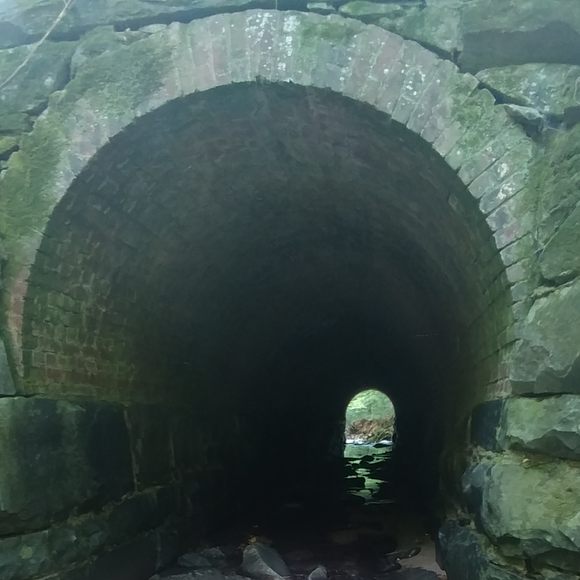

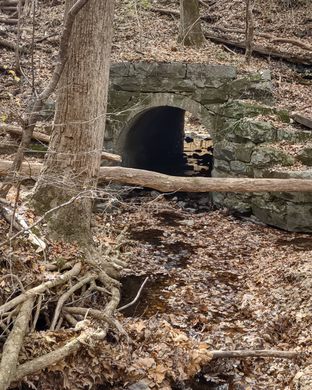
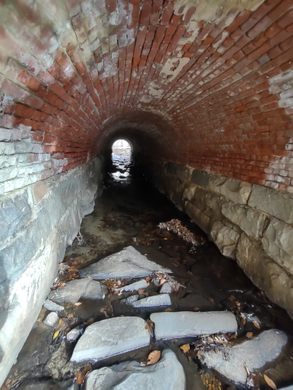


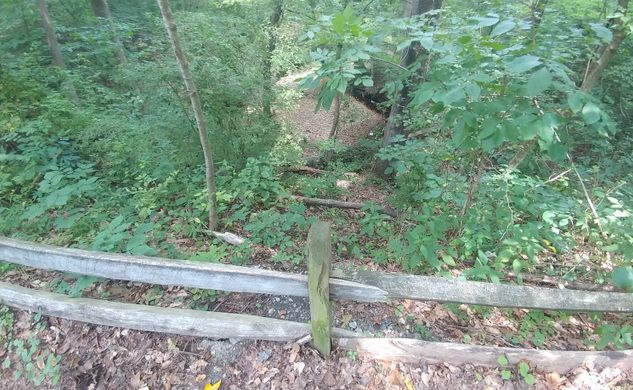
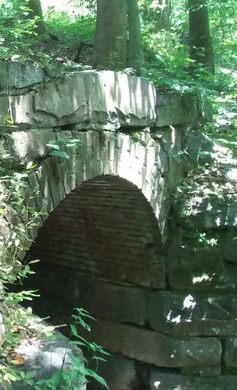






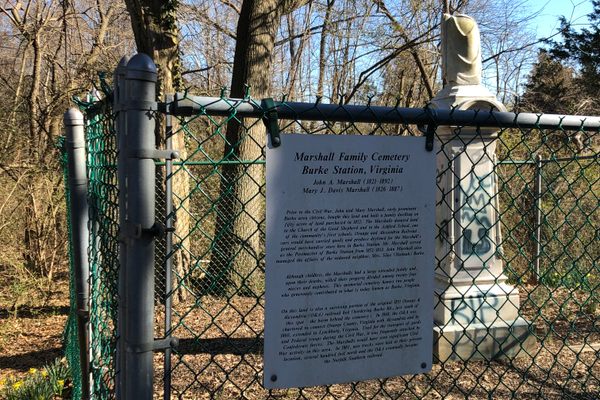
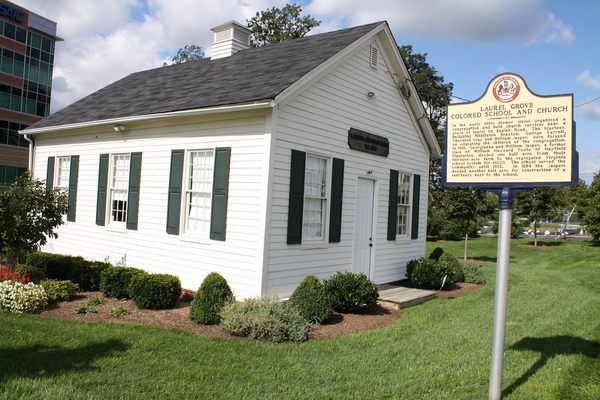

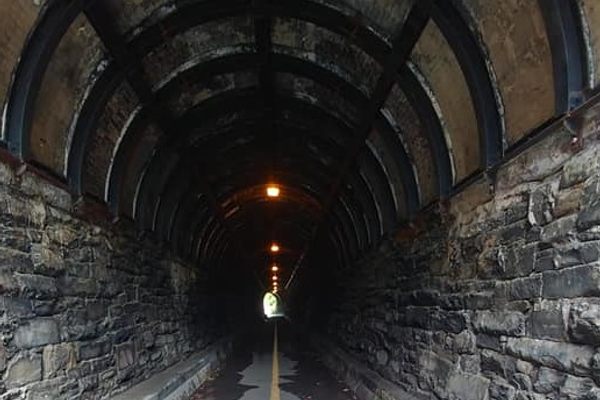
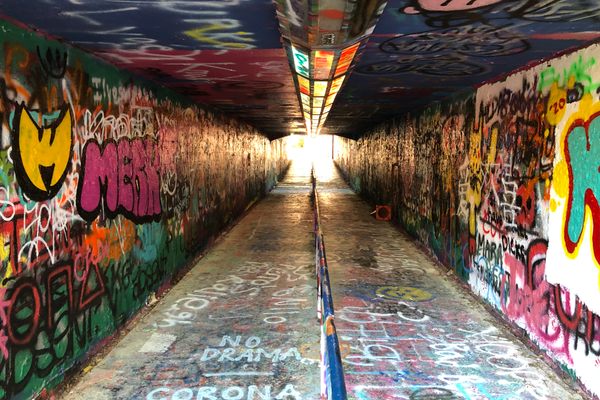
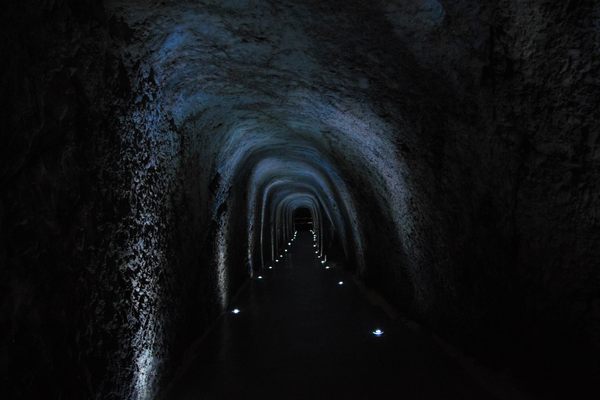


Follow us on Twitter to get the latest on the world's hidden wonders.
Like us on Facebook to get the latest on the world's hidden wonders.
Follow us on Twitter Like us on Facebook